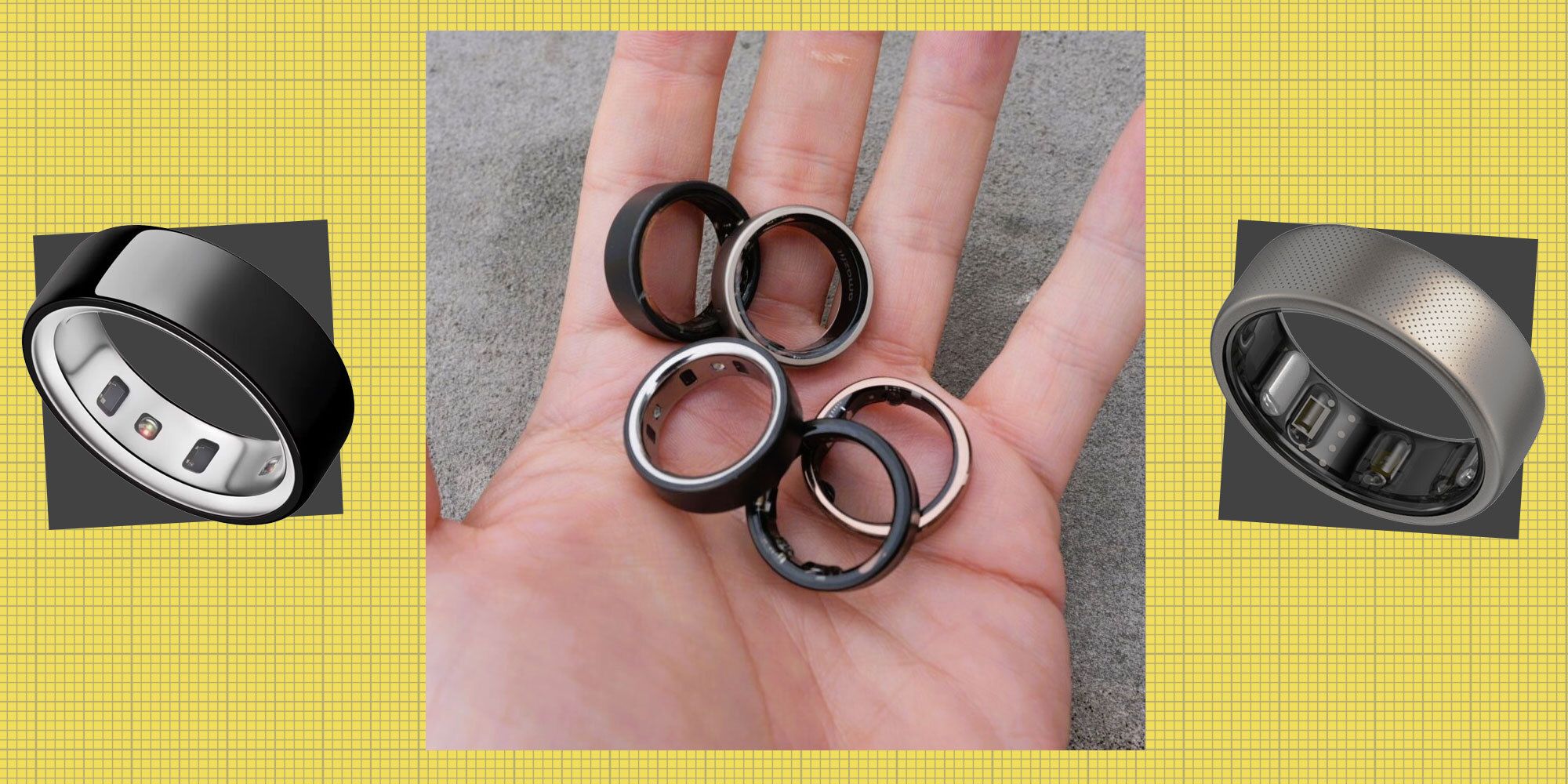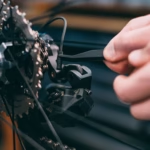For cyclists, every piece of gear serves a purpose. From aerodynamic helmets to moisture-wicking jerseys, form follows function in the pursuit of performance and comfort. Yet one accessory often gets overlooked in discussions of cycling gear: the wedding ring. For married cyclists, finding the perfect ring that can withstand the demands of serious riding while maintaining its symbolic significance presents a unique challenge where form truly must meet function.
The Traditional Ring Dilemma
Most wedding rings aren’t designed for athletic pursuits. Traditional gold and silver bands, while beautiful, face several challenges on the bike. They’re prone to scratching against handlebars, can slip off due to temperature changes and perspiration, and risk damage during mechanical repairs or crashes. Many cyclists find themselves constantly removing and storing their rings before rides, creating an unwanted ritual that separates them from this important symbol.
The problem extends beyond mere inconvenience. Precious metal rings can become safety hazards during cycling activities. A caught ring during a fall or mechanical issue can cause serious finger injuries, a concern that has led many cyclists to leave their traditional bands at home entirely.
Enter the Performance Ring
The solution lies in purpose-built rings designed specifically for active lifestyles. These modern alternatives prioritize durability without sacrificing style, offering cyclists the best of both worlds. Materials like tungsten carbide, titanium, and medical-grade silicone have revolutionized what a wedding ring can be.
Tungsten carbide rings offer exceptional scratch resistance and maintain their appearance even after thousands of miles of riding. Their weight provides a substantial feel that many find preferable to lighter alternatives, while their hardness ensures they won’t deform under pressure. Titanium options provide similar durability at a fraction of the weight, making them ideal for weight-conscious cyclists who don’t want to compromise on strength.
The Silicone Revolution
Perhaps the most significant innovation in cycling-friendly rings comes from medical-grade silicone designs. These rings address every major concern cyclists have with traditional bands. They’re virtually indestructible under normal use, completely waterproof, and designed to break away safely under extreme pressure, preventing finger injuries.
Modern silicone rings have evolved far beyond basic rubber bands. Advanced manufacturing techniques allow for intricate designs, multiple colors, and textures that rival traditional rings in aesthetic appeal. Some feature metallic finishes or inlays that provide the visual weight of metal while maintaining silicone’s practical advantages.
Performance Benefits
The functional advantages of durable rings extend beyond simple durability. Their consistent fit eliminates the distraction of adjusting or worrying about a loose ring during rides. Temperature stability means they won’t become uncomfortably tight during hot summer rides or loose during cold morning starts.
For cyclists who frequently work on their bikes, these rings eliminate the need for constant removal during maintenance. Grease, chain lubricant, and cleaning solvents won’t damage quality alternative materials, allowing cyclists to focus on their mechanical work without concern for their jewelry.
Style Without Compromise
Modern performance rings prove that function doesn’t require sacrificing form. Available in numerous colors, finishes, and styles, they can complement any cycling kit or personal aesthetic. Some cyclists choose multiple rings in different colors to match their gear, treating them as performance accessories rather than purely symbolic jewelry.
The versatility extends to professional settings as well. High-quality alternative rings maintain a sophisticated appearance that translates seamlessly from the bike to the boardroom, eliminating the need for ring swapping throughout the day.
Making the Choice
Choosing the right durable ring requires considering your specific cycling habits and preferences. Frequent racers might prioritize the lightest options, while touring cyclists may prefer more substantial materials that provide tactile feedback. Consider factors like climate, riding frequency, and mechanical work when making your selection.
The investment in a quality performance ring pays dividends in peace of mind and convenience. No longer must cyclists choose between wearing their wedding symbol and pursuing their passion safely and comfortably.
Beyond Cycling
The benefits of durable rings extend to cyclists’ broader active lifestyles. Whether rock climbing, swimming, or working in the garage, these rings perform consistently across activities. This versatility makes them practical choices for anyone leading an active life, not just dedicated cyclists.
Conclusion
The modern cyclist’s ring represents more than just a marriage symbol – it’s a piece of functional gear that enhances the riding experience. By choosing materials and designs that match the demands of cycling, riders can maintain their commitment symbols while pursuing their passion without compromise. In a sport where every gram and every advantage matters, the right ring proves that sometimes the smallest details make the biggest difference.
The evolution of durable rings demonstrates how thoughtful design can solve real-world problems without sacrificing meaning or aesthetics. For cyclists seeking gear that truly embodies the principle of form meeting function, a purpose-built ring deserves serious consideration as an essential accessory.


